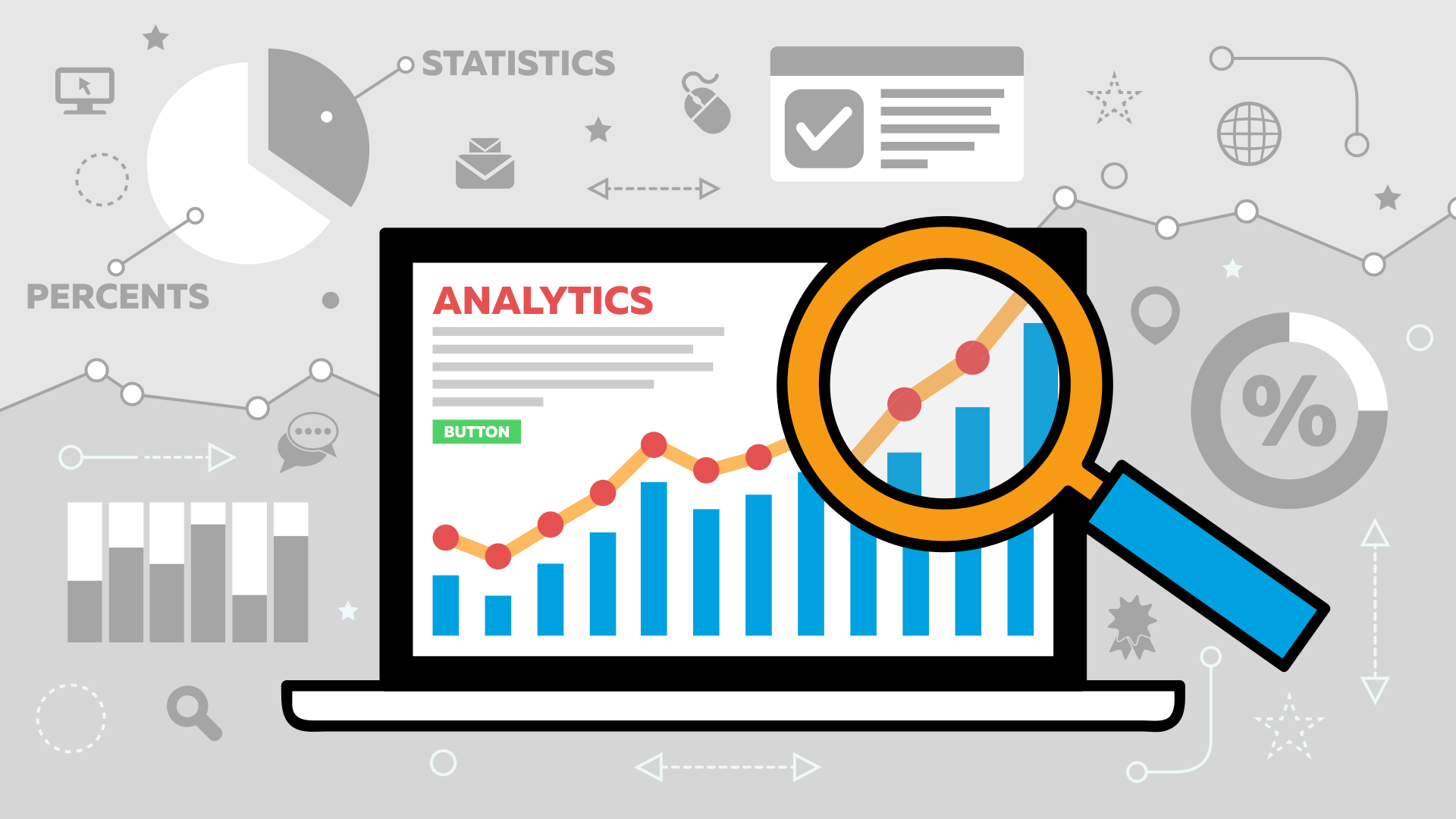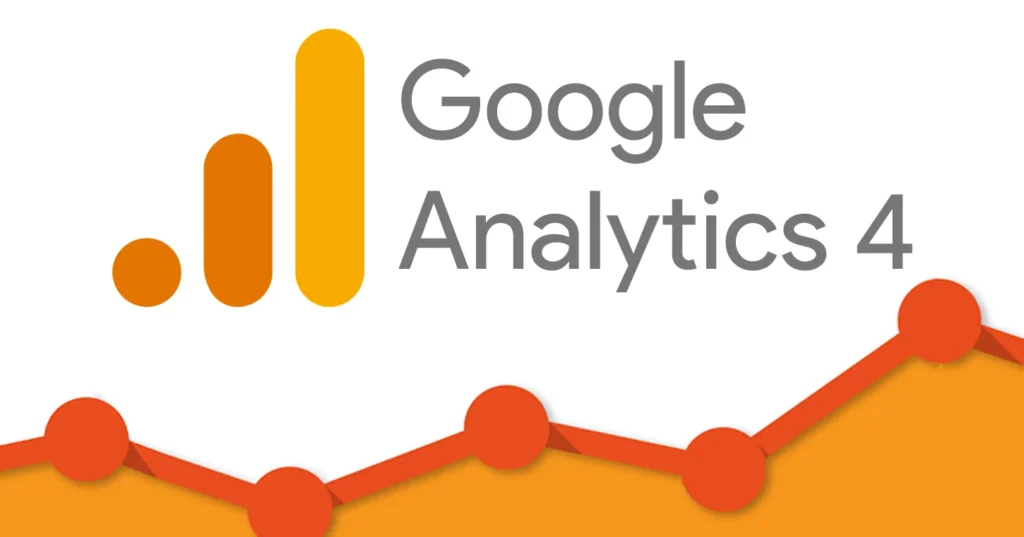In today’s data-driven world, mastering analytics has become essential for businesses and individuals alike who want to make informed decisions and drive meaningful growth. With countless tracking tools available, it can be overwhelming to know where to start or how to extract actionable insights from the vast amounts of data at your fingertips. Whether you’re a marketing professional aiming to optimize campaigns, a business owner striving to understand customer behavior, or simply someone eager to harness the power of analytics, this ultimate guide will walk you through the most effective tracking tools and strategies. Get ready to unlock the full potential of your data and transform numbers into powerful insights that fuel success.
1. Understanding the Basics of Analytics
Before diving into the world of analytics, it’s essential to grasp the fundamental concepts that form the backbone of effective data tracking and interpretation. At its core, analytics involves the systematic collection, measurement, and analysis of data to uncover patterns, trends, and insights that can inform better business decisions. Whether you’re tracking website traffic, user behavior, or marketing campaign performance, understanding key metrics such as page views, bounce rates, conversion rates, and user engagement is crucial. Additionally, familiarizing yourself with different types of analytics—descriptive, diagnostic, predictive, and prescriptive—will help you determine not only what has happened, but why it happened, what might happen next, and what actions to take. By mastering these basics, you’ll be well-equipped to leverage analytics tools effectively and transform raw data into meaningful strategies that drive growth and success.

2. Top Tracking Tools to Consider
When it comes to mastering analytics, choosing the right tracking tools is essential for gaining actionable insights and making data-driven decisions. There are several powerful tools available that cater to different needs and levels of expertise. Google Analytics remains the industry standard, offering comprehensive website traffic analysis, user behavior tracking, and conversion monitoring — all for free. For those seeking more advanced features, platforms like Adobe Analytics provide in-depth segmentation and real-time data visualization, ideal for large enterprises. If your focus is on understanding customer interactions across multiple channels, tools like Mixpanel and Kissmetrics specialize in event-based tracking and user engagement metrics. Additionally, heatmapping tools such as Hotjar and Crazy Egg help visualize how visitors interact with your site, revealing opportunities to optimize user experience. By selecting a combination of these tracking tools tailored to your specific goals, you’ll be well-equipped to turn raw data into meaningful strategies that drive business growth.
3. Setting Up Your Analytics for Success
Setting up your analytics for success is the crucial first step towards unlocking valuable insights that can drive your business forward. To begin, choose the right analytics platform that aligns with your goals—whether it’s Google Analytics for comprehensive website data, Mixpanel for user behavior tracking, or another specialized tool. Once selected, ensure proper integration by correctly installing tracking codes or SDKs on your website or app. This setup enables accurate data collection, which is vital for making informed decisions. Next, customize your analytics by defining clear goals and key performance indicators (KPIs) tailored to your business objectives, such as conversion rates, average session duration, or customer acquisition costs. Don’t forget to set up event tracking to monitor specific user actions like button clicks, video plays, or form submissions. Finally, validate your setup by testing data accuracy and consistency regularly. A well-configured analytics system not only captures reliable data but also empowers you to uncover actionable insights that can enhance user experience, optimize marketing campaigns, and ultimately boost your ROI.
4. Interpreting Data: Turning Numbers into Actionable Insights
Interpreting data is the crucial step that transforms raw numbers into actionable insights, enabling you to make informed decisions that drive growth and efficiency. It’s not enough to simply collect data; understanding the story behind the numbers is what truly adds value. Start by identifying key trends and patterns—look for spikes, drops, or consistent behaviors that can reveal customer preferences, operational bottlenecks, or market opportunities. Context is essential, so always consider external factors such as seasonality, industry shifts, or recent marketing campaigns that might influence the data. Utilize visualization tools like charts and dashboards to make complex data more accessible and easier to analyze. Additionally, segmenting your data by demographics, behavior, or geography can uncover deeper insights about specific audience groups. The goal is to ask the right questions: What is driving these trends? How do these insights align with your business objectives? From there, prioritize actions that address challenges or capitalize on opportunities revealed by your analysis. By mastering the art of interpreting data, you empower your team to implement strategies backed by evidence, optimize performance, and ultimately achieve measurable results.

5. Common Challenges and How to Overcome Them
When diving into the world of analytics, it’s important to be aware of some common challenges that many businesses face—and more importantly, how to overcome them. One of the biggest hurdles is data overload. With countless metrics available, it’s easy to get overwhelmed and lose sight of what truly matters. To combat this, focus on identifying key performance indicators (KPIs) that align directly with your business goals. Prioritizing these metrics ensures your analysis remains purposeful and actionable.
Another frequent challenge is data quality. Inaccurate, incomplete, or inconsistent data can lead to misguided decisions. Regularly auditing your data sources and implementing proper tracking protocols can significantly improve data reliability. Additionally, integrating data from multiple platforms can be tricky, but using centralized analytics tools or customer data platforms helps create a unified and coherent dataset.
Lastly, interpreting analytics can be daunting without the right expertise. Investing time in training or collaborating with analytics professionals can elevate your team’s ability to derive meaningful insights. Remember, analytics is not just about numbers—it’s about telling a story that drives informed actions. By anticipating these challenges and adopting strategic solutions, you’ll be well-equipped to harness the full power of your analytics tools and transform data into impactful business growth.
6. Leveraging Analytics for Continuous Improvement
Leveraging analytics for continuous improvement is a crucial step in transforming raw data into meaningful actions that drive business growth. By consistently monitoring key performance indicators (KPIs) and user behavior patterns, you can identify what’s working well and where there’s room for enhancement. Analytics tools enable you to pinpoint bottlenecks, track campaign effectiveness, and understand customer preferences with precision. The real power lies in adopting a proactive mindset—regularly analyzing data trends to inform strategic decisions, test hypotheses, and refine your marketing, sales, or product development efforts. Continuous improvement fueled by analytics not only helps optimize current processes but also uncovers new opportunities for innovation, ensuring your business stays agile and competitive in a rapidly evolving landscape. Ultimately, making data-driven adjustments empowers you to deliver better experiences, increase efficiency, and achieve sustained success over time.
7. Integrating Analytics Across Marketing Channels
Integrating analytics across your marketing channels is essential to gain a comprehensive understanding of your campaign performance and customer behavior. By consolidating data from various platforms—such as social media, email marketing, paid advertising, and your website—you can create a unified view that highlights how each channel contributes to your overall marketing goals. This holistic approach enables you to identify which channels are driving the most engagement, conversions, and ROI, allowing you to allocate your resources more effectively. To successfully integrate analytics, consider using tools that support multi-channel tracking and data integration, such as Google Analytics 4, marketing automation platforms, or specialized dashboards. Additionally, setting up consistent tracking parameters like UTM codes ensures that you accurately attribute traffic and conversions to their respective sources. Ultimately, integrating analytics across marketing channels empowers you to make data-driven decisions, optimize your strategies in real-time, and deliver a seamless customer experience throughout their journey.
8. Using Predictive Analytics to Drive Future Growth
Using predictive analytics to drive future growth is a game-changer for businesses aiming to stay ahead in today’s competitive landscape. By leveraging historical data and advanced statistical algorithms, predictive analytics enables you to forecast trends, customer behaviors, and market shifts before they happen. This proactive approach allows companies to make informed decisions, optimize marketing strategies, improve customer retention, and identify new revenue opportunities. For instance, predictive models can help you anticipate which customers are most likely to churn, so you can target them with personalized offers to boost loyalty. Additionally, by analyzing sales patterns and inventory levels, businesses can streamline supply chain management and reduce costs. Embracing predictive analytics transforms raw data into actionable insights, empowering your organization to innovate confidently and fuel sustainable growth well into the future.

If you found this article helpful and need help with your website conversion, contact us for a FREE CRO Audit

